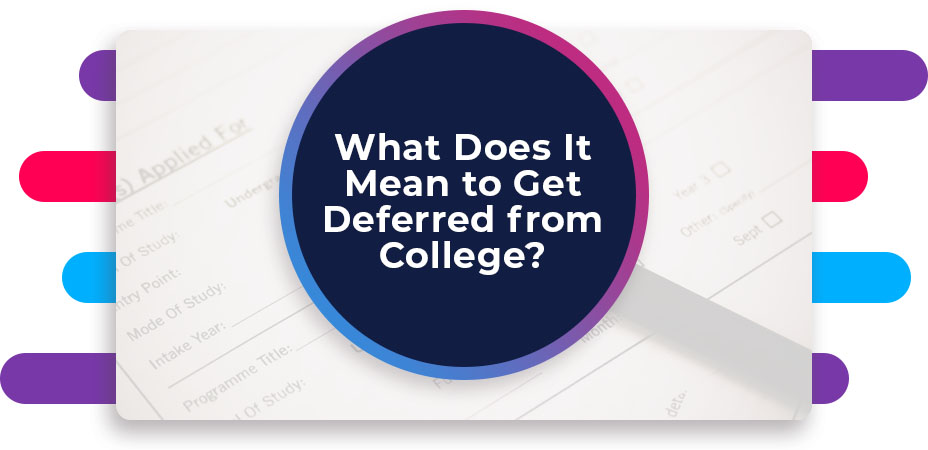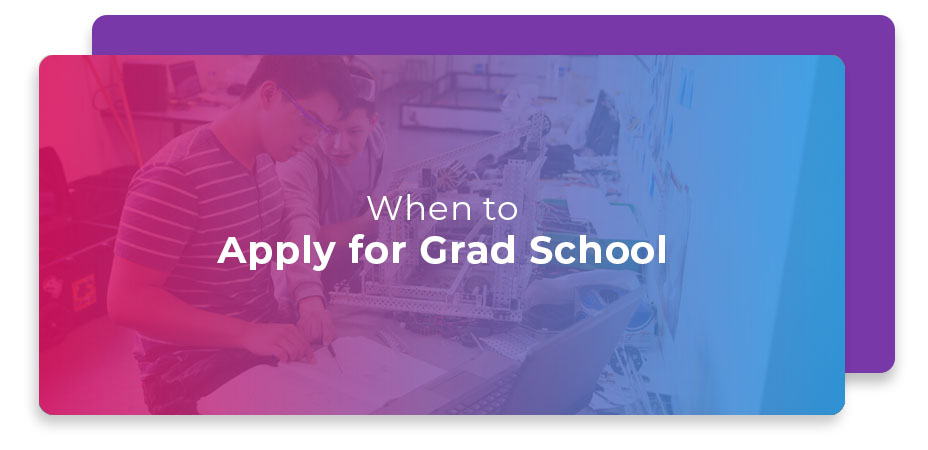The U.S. government is the largest lender of money to college students. The most recent report by the U.S. Department of Education said that in 2021 alone, $112 billion in federal grants, loans, and work study was awarded to approximately 10 million students (about half the population of New York) at approximately 5,600 participating secondary schools. The government’s application for financial assistance is called the Free Application for Federal Student Aid but is better known by its common name FAFSA.
According to a U.S. News and World Report, nearly all students who apply for FAFSA qualify. Read on for all of the FAFSA need-to-know essentials, and why it may be worth your time to apply.
FAFSA Categories
FAFSA offers financial aid to college students in three categories: grants, low-interest loans, and work study.
- Grants are free money that does not have to be repaid.
- Low-interest loans need to be repaid in a payment plan after college graduation, your enrollment drops below half-time, or you leave college altogether.
- Work study is money granted through FAFSA but earned by the student working a part-time job at college. The college must offer a job that is compatible with the student’s class schedule.
While the FAFSA application process may seem complex, it’s easier to apply when you know a few important facts.
FAFSA Submission Begins the Year Before
FAFSA awards money on a first-come, first-serve basis. It’s important to apply as close to the opening date as possible. Typically, the FAFSA application is available for submission beginning on October 1 of the year before the school year you will be attending college.
The submission window remains open for several months until June. For example, if you are going to start college in the fall of 2025-2026, your FAFSA application can be submitted beginning October 1 of 2024, almost a year ahead, and will remain open for submission until June of 2025. Due to a recent revision of the application, submissions have been temporarily delayed in 2023 to a beginning date of December 1 for the fall of 2024-2025.
Begin Your FAFSA Application Early
There are two ways to begin the FAFSA application process earlier than October 1 of a student’s senior year.
The first step is for parents of a dependent student to create a FAFSA ID account. Adults who are already living independently of their parents can create their own account. Once an account is established, the applicant receives an ID number that will be used with all interactions and information about their financial aid.
The second step that can be completed earlier is gathering the documents requested with the application. Compiling these documents is often what students or parents find the most challenging. These documents and information should include:
- The account holder’s Social Security number
- A driver’s license, if applicable
- The most recently filed federal income tax return
- W-2 form
- Bank statements or records of savings, investments, or nontaxable income
- Nontaxable income includes welfare payments, child support, alimony, gifts, or inheritance
- For account holders who are not U.S. citizens, the application will require the account holder’s Alien Resident number
Once the account is established and documents assembled, the application process proceeds quickly. It takes less than an hour to fill out the online application for a first-time applicant. For returning applicants it may be as little as 30 minutes. To continue to receive financial aid throughout your collegiate years, you must fill out the form annually.
One additional requirement of the FAFSA is that you submit a list of all colleges you are applying to. If you don’t know this information at the time of application, submit at least one college of interest and add others later.
Misconceptions about FAFSA
Once you have completed the application process, you will be considered and possibly awarded a financial aid package. A financial aid package consists of a mix of grants, scholarships, loans, or work study determined by the information you submitted.
One misconception is that you must accept the entire financial package. This is untrue. You might accept a grant and work study opportunity but not a low-cost loan—what you choose to accept of the financial aid package is entirely up to you.
And on the note of misconceptions, probably the biggest misconception of all, is that you or your family’s income is too high to qualify for financial aid. This is also untrue. There are many factors that determine financial aid and most students who apply do qualify for some type of support. It is also important to fill out a FAFSA as some colleges require it before you can apply for their scholarships and grants.
States also rely on FAFSA information to offer grants and scholarships to resident students. If a student is applying to college, they should also fill out a FAFSA. The FAFSA can benefit anyone who is thinking about going to college.







